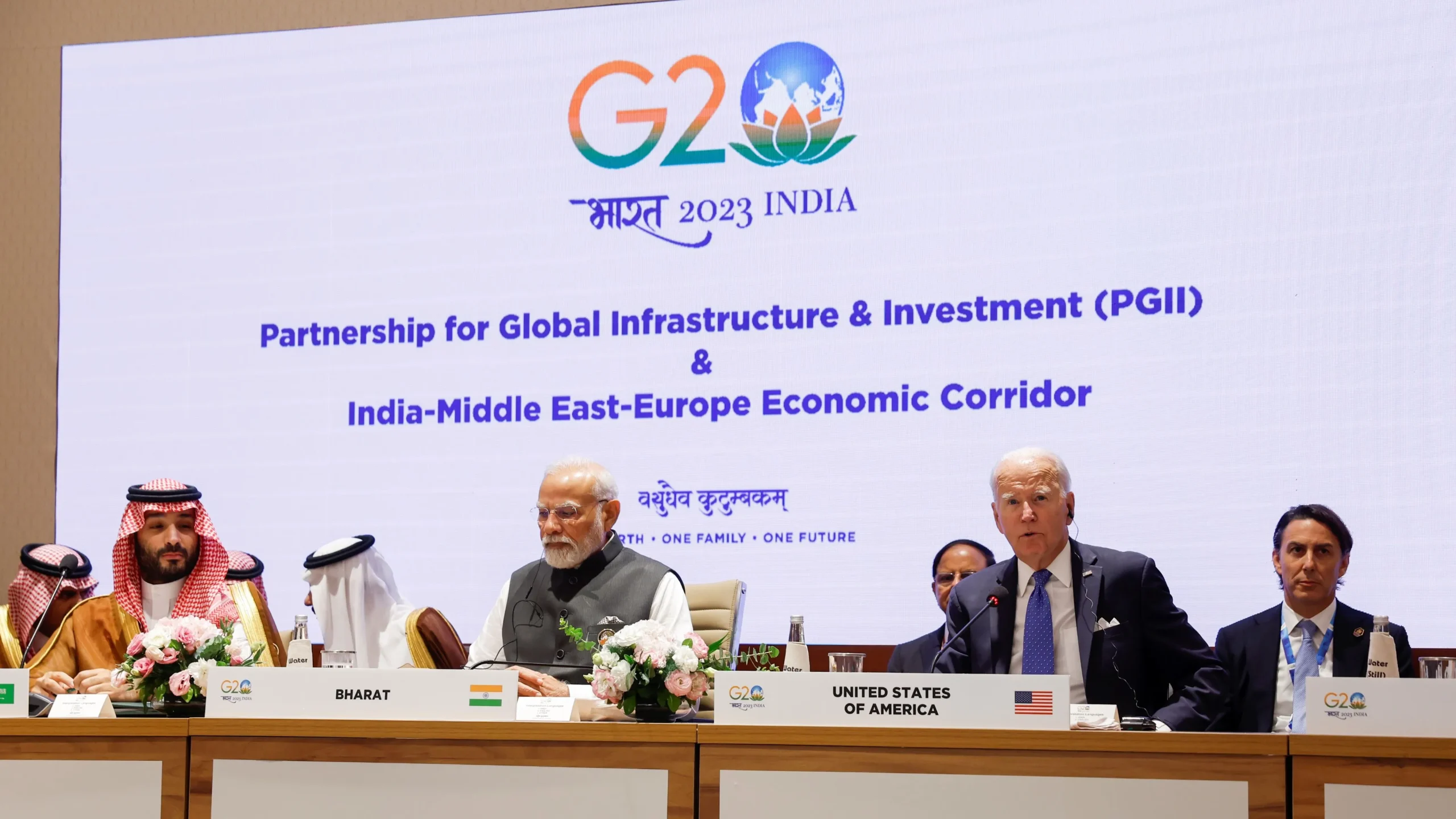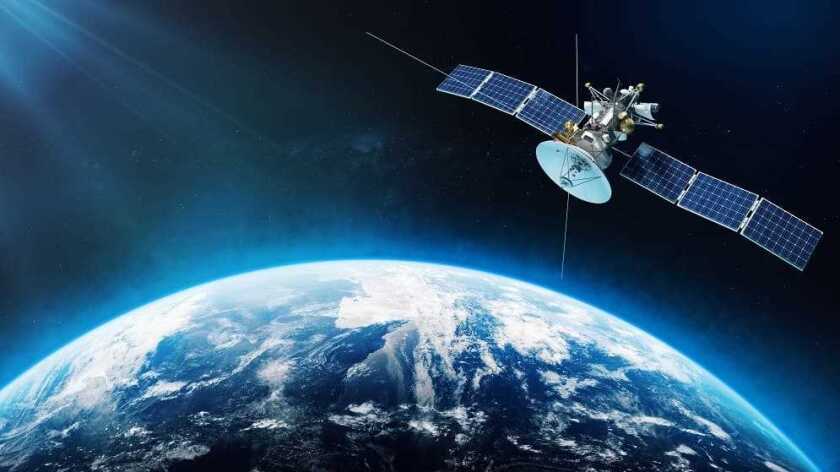Globalization has increased the importance of economic corridors as mediums of global trade and practicing geopolitical influence as well. The India-Middle-East-Europe Economic Corridor (IMEEC) announced in 2023 aims to establish a short-distance trade route linking India to Europe via the Middle East. The project, backed by the USA, potentially aims to rival China’s Belt and Road Initiative (BRI) and the China-Pakistan Economic Corridor (CPEC). However, can the corridor be a true global paradigm surpassing its counterpart CPEC, especially in the Indian Ocean, or remain just an unrealized ambition?
The IMEEC seeks to enhance trade, infrastructure, and private investment among nations representing a significant chunk of the world economy. Strategically, IMEEC counters China’s BRI by deepening Delhi-Washington ties, strengthening relations with Middle Eastern powers, and shifting dependence away from Turkey and the Suez Canal. It also aims to increase Indian presence in the Indian Ocean to constrain possible Chinese influence in the Indian Ocean via CPEC (Gwadar). By incorporating Gulf States, India and the USA aim to pull these regions from the influence of China, Russia, and Iran, thereby reinforcing their strategic foothold.
Assessing the possibilities for both, the BRI and CPEC are projected to significantly impact global trade and income. According to the World Bank Group Report 2014, by 2030 the BRI is expected to increase global real income by 0.7% and boost global trade by 5%, with China and BRI countries capturing most of the benefits. Global welfare gain of 1.3 percent of global GDP, of the total global gain; China is predicted to get 20 percent and the BRI area to capture 70 percent. In terms of percentage, the largest return will occur to Pakistan under CPEC with an increase of 10.5 percent in overall real income.
Similarly, IMEEC is projected to increase the percentage of goods movement by 40%, reviving trade between the East and West by cutting down transition costs by 30%. Altogether countries of the IMEEC corridor who already together account for more than 20% of global GDP, when experiencing an increase in trade volume due to a 40% faster exchange rate can increase their percentage in global GDP by significant numbers.
Alongside, CPEC faces significant challenges such as trillions of dollars in financing gap in investments required, governance issues, debt trap, and fears of Chinese monopoly. Meanwhile, the IMEEC encounters geopolitical obstacles, such as the Hamas-Israel war and strained Israel-Jordan relations, undermining the Abraham Accords. The corridor’s progress has stalled, with no recent meetings or updates, and private investment and FDI (Foreign Direct Investment) have been compromised due to the region’s instability. Additionally, projects like the GCC Railway have been delayed, raising concerns about IMEEC’s future and its ability to counter BRI and CPEC.
Assessing the potential impact and challenges to both corridors we can conclude the distinct factors in both the initiatives. BRI and CPEC are vulnerable due to majorly the need for financial funding whereas in the IMEEC initiative economic powerhouses are involved making it a less concerning aspect. The combined GDP of IMEEC is US$47 trillion (2023), which accounts for nearly half of the world’s GDP. The USA has already mobilized $30 billion and Saudi Arabia has announced $20 billion as well. Similarly, the lack of debt traps and equal benefits in the IMEEC makes it more likely to attract private investments.
However, financial security and support alone cannot provide IMEEC the upper hand. The chances of IMEEC surpassing BRI and CPEC are very less especially with the upcoming Hamas-Israel war and strained relations of multiple countries with Israel due to its conduct in Palestine. Security and sovereignty are components states and traders do not compromise on. The challenges faced by BRI and CPEC have possible solutions like financing from public and private sectors, domestic finance through local bond markets, commercial finance, and development banks e.g. Silk Road Fund. China already has a 10-year head-start with BRI and CPEC nearing completion with economic zones by 2030. Over 150 countries have joined as partners, increasing the scope of a near-global initiative. The multiple corridors and time-lapse between them are also a source of profit. Its sustainable development issues also provided some changes in policies. Another factor that compromises the credibility of IMEEC is the record of India’s economic corridors. The BCIM (Bangladesh, China, India, and Myanmar Economic Corridor) and BIMSTEC (Bay of Bengal Initiative for Multi-Sectoral Technical and Economic Cooperation) both failed due to regional conflicts; a similar pattern has yet again been generated with regional conflicts in the Middle East
It can be said that the changing dynamics in the Middle East can guarantee the success and failure of IMEEC, however regarding it surpassing BRI and CPEC it is difficult given the statistical data as well as the grand scale of BRI. IMEEC has a more regional character to it, while BRI is a large-scale global project with a larger impact.

Table of Contents
ToggleJaveria Baig
Javeria Baig is an International Relations student currently pursuing her bachelor’s degree from National Defense University, Islamabad. She is a prospective academic developing expertise in the field of International Relations. Her major fields of interest are geopolitics, regional security, and international politics of economy.













